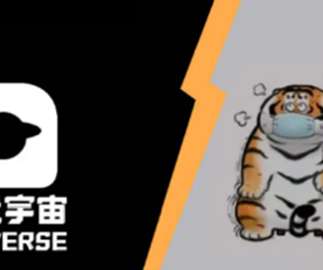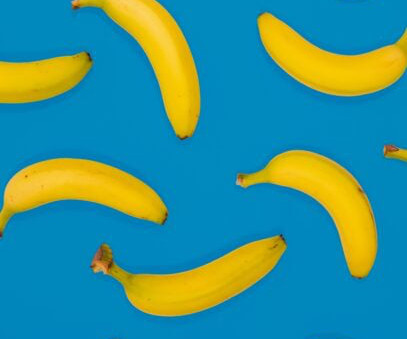IP Protection of NFTs: A Comparative Look at the US and China
IP Tech Blog
JANUARY 4, 2023
In turn, this attracts interest from businesses ranging from fashion and sports brands, sport teams, designers, game developers, and other content owners. The purpose of copyrights is to protect creative works, including writings, from infringement. Is this the same in the US and China? If yes, under what circumstances?












Let's personalize your content